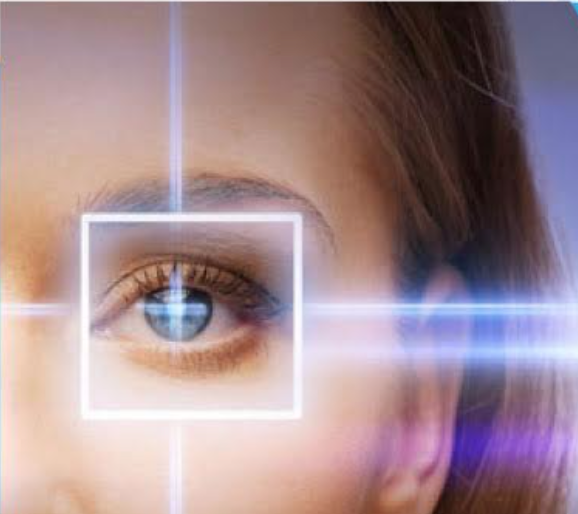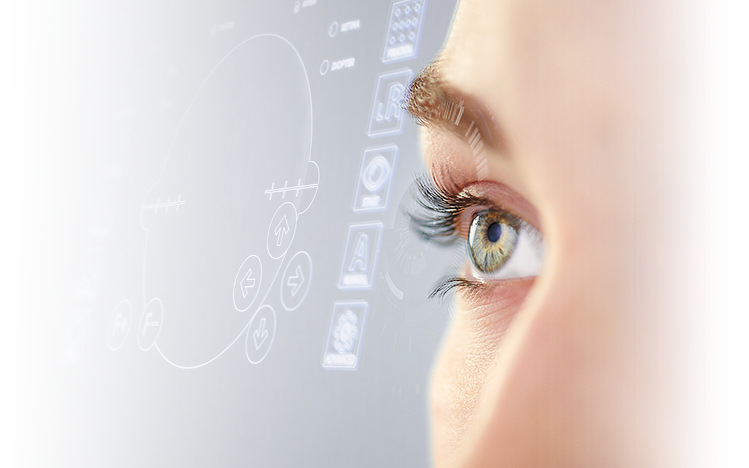Leading Hearing Service Near Me: Your Trusted Clinic for Hearing Health
Leading Hearing Service Near Me: Your Trusted Clinic for Hearing Health
Blog Article
Discovering the State-of-the-Art Technologies Utilized for Dealing With and diagnosing Eye Problems
In the world of ophthalmology, the development of technology has actually considerably enhanced the devices offered for diagnosing and dealing with different eye problems. From sophisticated imaging technologies that give in-depth insights into eye structures to robotic-assisted surgeries that supply unrivaled accuracy, the landscape of eye care is constantly evolving. With the assimilation of synthetic knowledge in diagnostics, gene treatment developments, and digital reality recovery, the possibilities for boosting client end results are broadening at a quick pace. The merging of these cutting-edge innovations holds the promise of reinventing the area of ophthalmology, providing new methods for personalized and efficient therapies.

Advanced Imaging Technologies
Advanced Imaging Technologies have actually transformed the area of ophthalmology by offering thorough and accurate visualization of the eye frameworks. Optical Coherence Tomography (OCT) attracts attention as an essential modern technology in this realm. OCT uses light waves to record high-resolution cross-sectional images of the retina, enabling for the recognition of minute structural modifications. This non-invasive technique aids in the very early discovery and monitoring of different eye problems such as macular degeneration, diabetic retinopathy, and glaucoma.
Additionally, Fundus Photography is one more crucial tool in ocular imaging. This technique involves capturing comprehensive photos of the back of the eye, including the retina and optic disc. Fundus Photography helps in documenting the progression of eye illness, examining therapy effectiveness, and enlightening people about their eye health and wellness.

Robotic-Assisted Surgery
Robotic-assisted medical treatments have actually significantly advanced the capabilities of ophthalmic surgical procedure, introducing a brand-new period of accuracy and effectiveness in dealing with different eye conditions. By integrating robotic technology into surgical treatments, eye doctors can accomplish unmatched precision and control, causing enhanced individual results.
One of the primary advantages of robotic-assisted surgical procedure in ophthalmology is the boosted dexterity and stability it uses to doctors. The robot arms can do accurate movements with a high level of precision, enabling for delicate treatments with very little invasiveness. This level of accuracy is especially advantageous in surgical treatments including the retina, where even small errors can have significant effects for an individual's vision.
Additionally, robotic-assisted surgical systems supply real-time imaging and comments to the doctor, allowing them to make informed choices during the treatment. This innovation enhances the specialist's situational awareness and enables modifications to be made promptly, making certain optimal outcomes for the client.
Artificial Intelligence in Diagnostics
With the development of cutting-edge modern technologies enhancing medical precision in sensory treatments, the combination of Artificial Knowledge in diagnostics has learn this here now arised as an essential growth transforming the area of eye treatment. Expert System (AI) algorithms are being significantly utilized to assess complicated information from imaging technologies like optical coherence tomography (OCT) and fundus digital photography to assist in the early discovery and accurate diagnosis of different eye problems. These AI systems can efficiently determine patterns and abnormalities in images that may not be noticeable to the human eye, making it possible for quicker diagnosis and treatment preparation.
AI algorithms can likewise anticipate disease progression, recommend customized treatment plans, and evaluate the efficiency of treatments. By enhancing the analysis process, AI not only enhances the performance of eye treatment specialists yet additionally boosts individual end results by making it possible for prompt interventions. As AI remains to advancement, its role in diagnostics is expected to expand, offering new opportunities for very early treatment and individualized treatment in the field of ophthalmology.
Genetics Treatment Advancements
In the realm of ophthalmic advancements, current strides in genetics treatment technologies have actually stimulated significant passion amongst researchers and healthcare specialists alike. Genetics therapy holds immense assurance in reinventing the therapy of different eye conditions by targeting the hidden genetic causes. By presenting genetic product right into cells to compensate for uncommon genetics or to offer an absent gene, gene therapy uses a personalized strategy to attending to inherited eye problems such as retinitis pigmentosa, Leber hereditary amaurosis, and others that were previously taken into consideration untreatable.

As research study in gene treatment proceeds to advancement, the potential for customized treatments for a wider variety of eye problems grows, supplying new hope for people with genetic eye diseases.
Digital Reality Recovery
Online reality recovery has arised as an innovative method in boosting the healing and recovery processes for individuals with numerous visual problems. cataract care service. By replicating real-world environments with immersive technology, online reality uses an unique system for vision treatment and recovery. This innovative technique allows individuals to take part in interactive exercises and activities developed to improve aesthetic acuity, deepness assumption, eye sychronisation, and overall aesthetic functioning
One trick advantage of virtual reality rehabilitation is its ability to customize therapy programs based on the particular needs and capacities of each patient. With here real-time feedback and surveillance, health care specialists can track development, readjust treatments, and supply customized care to enhance outcomes. In addition, digital reality modern technology can produce a regulated and risk-free room for individuals to exercise aesthetic tasks, get rid More hints of difficulties, and construct self-confidence in an online setting prior to transitioning to real-world scenarios.
Final Thought
In conclusion, the improvements in imaging technologies, robotic-assisted surgical procedures, expert system diagnostics, genetics therapy advancements, and online truth rehabilitation have actually dramatically enhanced the diagnosis and treatment of eye conditions. glaucoma service near me. These cutting edge modern technologies have revolutionized the area of ophthalmology, permitting for even more exact and effective procedures. As technology remains to develop, the future of eye care looks appealing with the potential for even more innovative remedies to boost person end results
In the world of ophthalmology, the evolution of technology has considerably enhanced the devices readily available for detecting and dealing with numerous eye problems. Fundus Photography helps in documenting the progression of eye diseases, assessing treatment efficacy, and enlightening patients regarding their eye health and wellness.
Synthetic Knowledge (AI) algorithms are being increasingly used to analyze complicated data from imaging innovations like optical coherence tomography (OCT) and fundus digital photography to aid in the very early detection and accurate diagnosis of numerous eye problems.In final thought, the innovations in imaging technologies, robotic-assisted surgical treatments, synthetic knowledge diagnostics, genetics treatment advancements, and virtual truth recovery have substantially boosted the diagnosis and treatment of eye conditions. As technology continues to evolve, the future of eye care looks promising with the potential for also more cutting-edge options to boost client outcomes.
Report this page